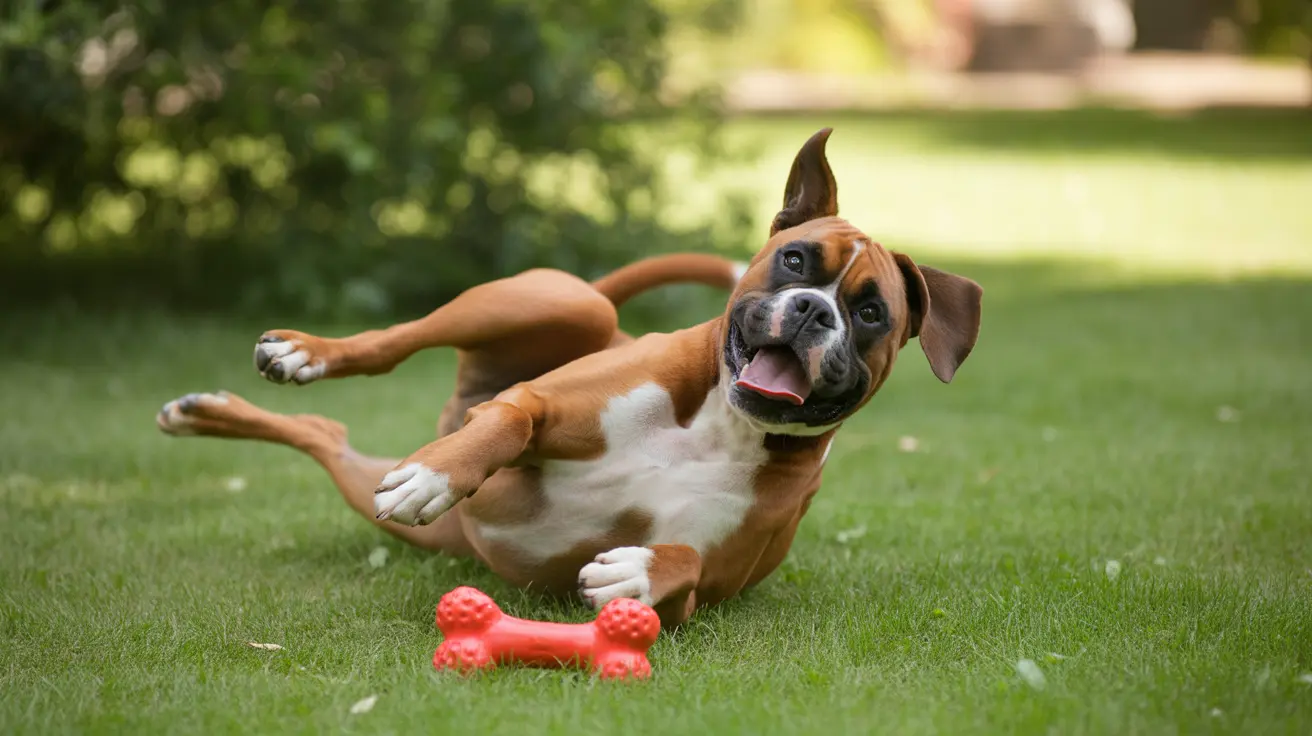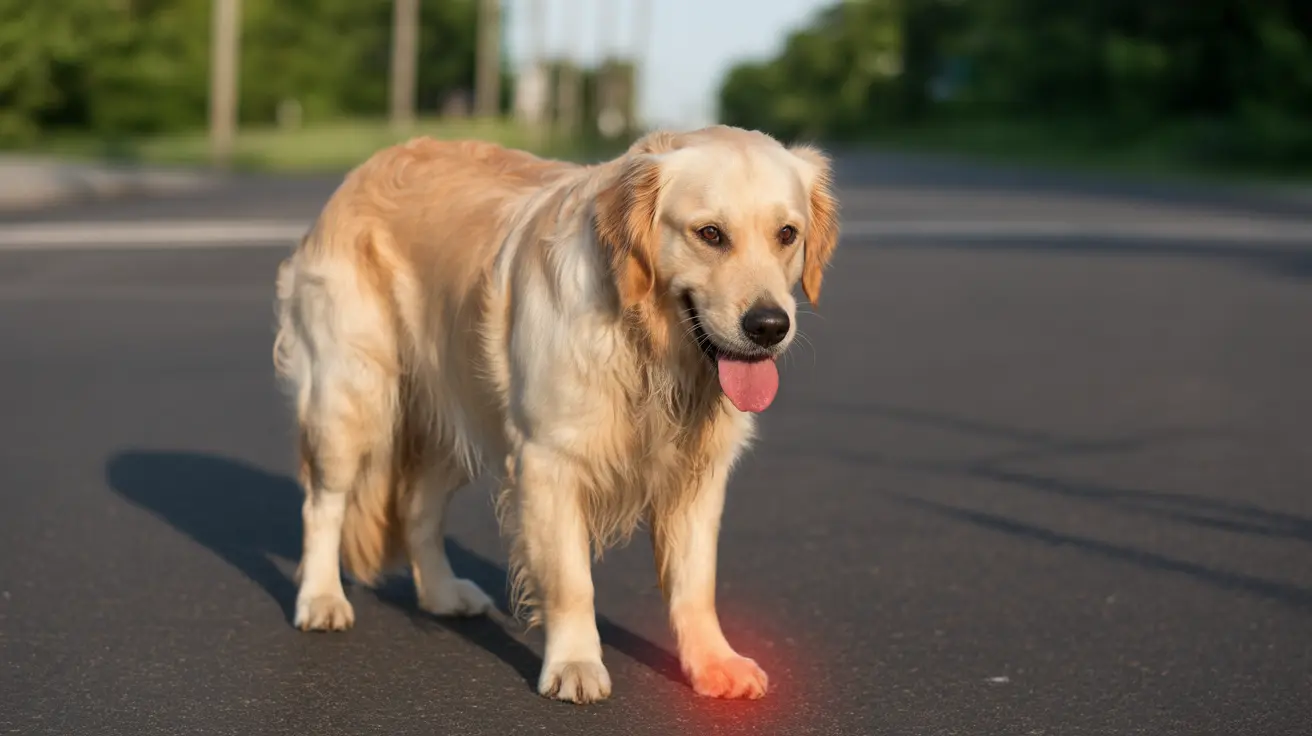Understanding What Dog Sleeping Positions Mean
Ever watched your dog snooze and wondered what their quirky sleeping style says about them? Dogs don't just pick a spot and crash—each position hints at how they're feeling inside. From the relaxed sprawl to curling into a tight ball, your pup's chosen pose can signal comfort, anxiety, trust, or even a way to cool off.
Common Dog Sleeping Positions and Their Meanings
- The Side Sleeper: When dogs lie on their side with legs extended, it's a sign they feel safe, relaxed, and secure. This is often seen in puppies (who dream vividly) and older dogs with stiff joints. Side sleeping usually means they're in deep sleep.
- The Lion's Pose (Sphinx Pose): Here your dog rests their head on their paws—sometimes tucking front paws in with back legs to the side. They're resting but still alert and ready to move if needed. Loyal or protective pups favor this position.
- The Superman (Sploot): Flat on the stomach with front legs forward and back legs stretched behind—this is classic puppy energy. It means they're tired but could spring up for play at any moment.
- The Donut (Curled-Up): Curled tightly with limbs tucked close and tail wrapped around the body (often nose-to-tail), this helps conserve heat and protect vital organs. Dogs feeling cold, anxious, or adjusting to new places often curl up like this.
- The Belly-Up (Back Sleeper): On their back with belly exposed and legs in the air—this is the ultimate sign of trust and comfort. They're also cooling down by letting air circulate over their tummy.
- The Cuddle Bug (Cuddler): Snuggled up against you or another pet? That's affection and bonding at work. These dogs crave closeness for security.
- The Burrower: Some dogs love burrowing under blankets or pillows. This behavior reflects a need for warmth and comfort—often seen in smaller breeds or anxious pups.
- On the Tummy (Cold Surface Sleeper): Lying flat on a cool floor helps dogs regulate body temperature when they're feeling hot.
- Back-to-Back: Sleeping with backs pressed to you or another dog shows intimacy and trust—a canine hug of sorts.
- Head and Neck Raised: Resting with head elevated on a cushion may help breathing or simply be personal preference.
Other Sleep Behaviors Worth Noticing
You might catch your dog twitching, barking softly, or even snoring while asleep—especially if they have short noses. Circling or digging before settling down comes from ancestral instincts: wild dogs would prepare their beds for comfort and safety.
How Much Sleep Do Dogs Need?
Puppies and senior dogs can clock in an impressive 16-20 hours of sleep per day; adult dogs usually need about 12-14 hours. Factors like age, breed, activity level, and health all play roles in determining how much rest your furry friend requires.
Helping Your Dog Sleep Better
- Provide comfortable bedding tailored to your dog's needs.
- Create a consistent daily routine so they know when it's time to wind down.
- Make sure they get enough exercise during the day—it helps burn off extra energy!
- Keep their sleeping area quiet, cozy, and free from disturbances.
- If your home gets chilly or hot, adjust bedding or room temperature accordingly.
If you notice sudden changes in sleep habits—like excessive sleepiness or signs of distress—it’s smart to check in with your veterinarian just in case something’s off health-wise.
A Quick Reference Guide: What Each Position Means
- Side Sleeping: Safe, relaxed, deeply asleep
- Lion Pose: Resting but alert
- Superman/Sploot: Playful yet tired
- Curl/Donut: Conserving heat; possibly anxious or new environment
- Belly Up: Secure; cooling down; trusting surroundings
- Cuddle Bug: Affectionate; bonded; needs closeness
- Burrower: Seeking comfort/warmth; sometimes anxious
- Tummy on Cold Surface: Cooling off after playtime or hot weather
- Back-to-Back: Affectionate trust between companions (human or canine)
- Head Raised: Aids breathing or just feels good!
Your dog's favorite way to sleep isn't just cute—it’s a window into their world. Paying attention lets you support their well-being while deepening your bond as companions who truly understand each other.





